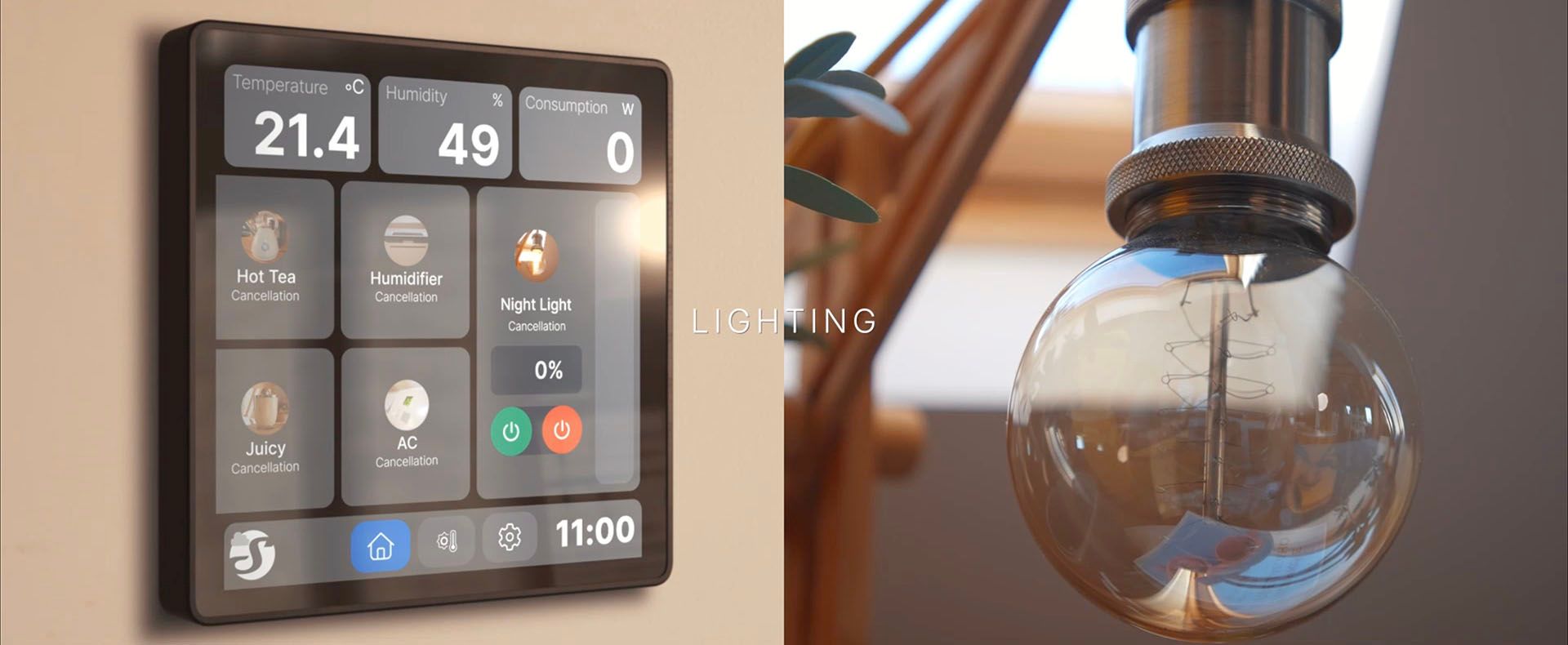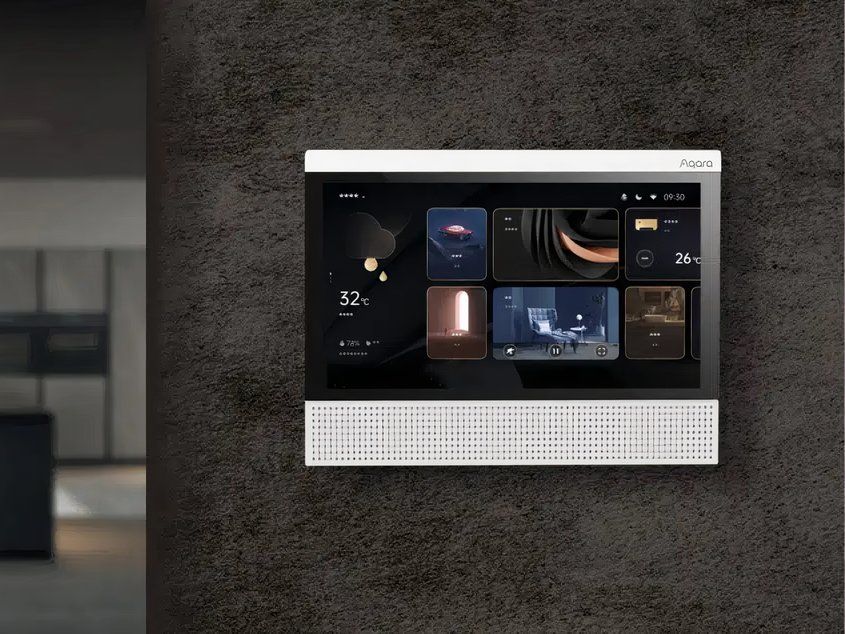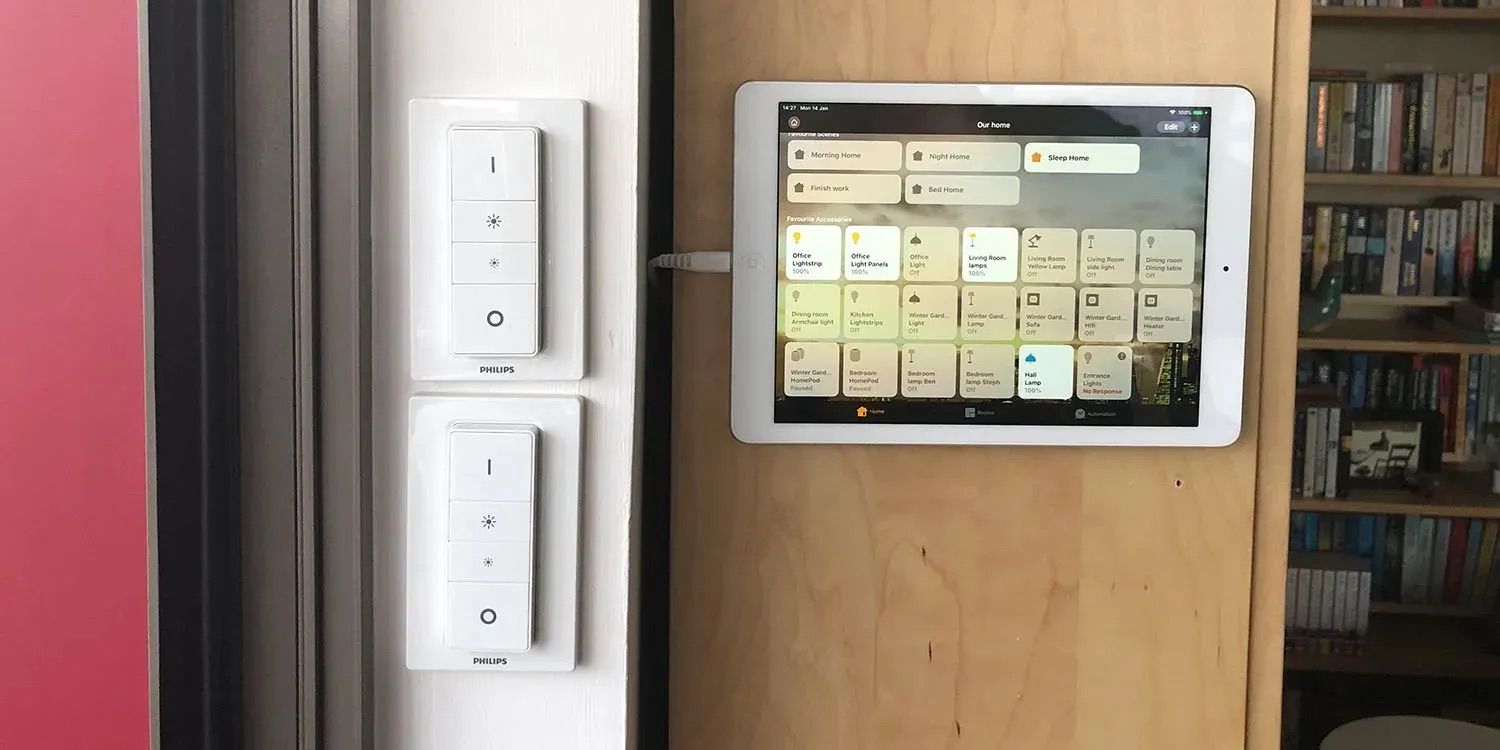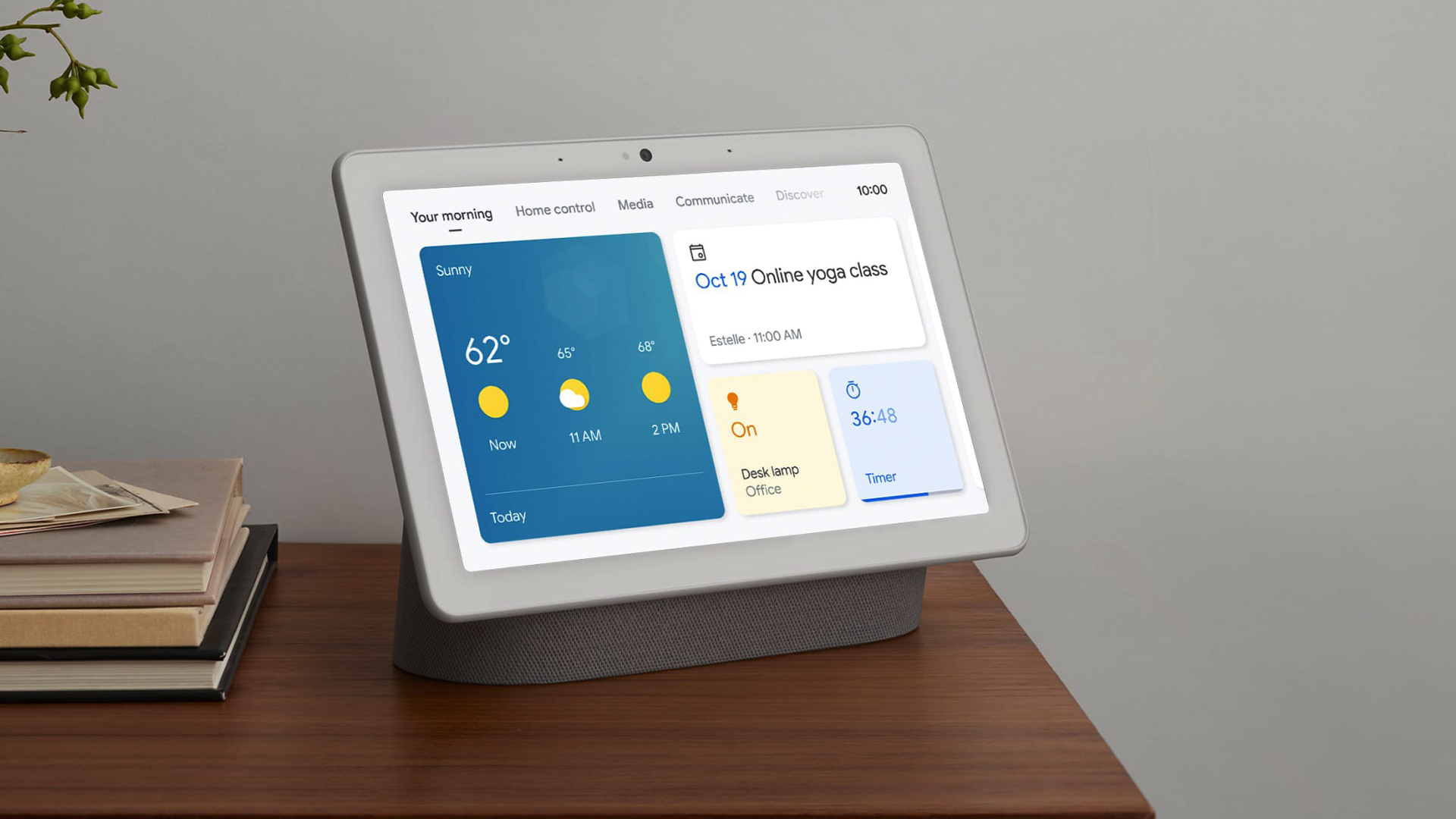Summary
- Smart home control panels look set to be a big trend in 2025, with Aqara, Shelly, and possibly even Apple getting in on the action.
- Wall-mounted or counter-top control panels are a great idea, but proprietary ones probably aren’t.
- It’s usually better to go with a tablet or a panel that can take care of your entire smart home platform, whether that’s Apple, Amazon, or Google.
Proprietary smart home control panels already look to be one of the trends for 2025. While there’s a lot to be said for including wall-mounted or counter-top control panels in your smart home setup, you probably don’t want to buy one of these.
Smart Home Control Panels Look Set to Trend This Year
We’re barely into 2025 so it might seem a little early to be predicting a trend for the year—but I am pretty confident in my prediction. Even one week in, we are seeing announcements from a couple of well-known brands at CES 2025.
Aquara previewed its Panel Hub S1 Plus, which launches in Europe this month and in North America later in the year. The company describes it as a large in-wall panel that allows both wired and wireless control of a wide range of smart home devices, as well as acting as a Matter bridge for any of the company’s Zigbee devices.
Shelly announced the X2, a 7-inch touchscreen control panel with real-time power monitoring and built-in temperature, humidity, and light sensors. The company says it will launch in the US in the first quarter of the year.
But if there’s one piece of conclusive evidence that something is about to become mainstream, it’s Apple joining the party. There are multiple credible reports that the company will be launching its own control panel as early as March of this year. Colloquially dubbed the HomePad, it’s expected that it will combine a 7-inch iPad-like display with a HomePod speaker. That will without doubt lead to the launch of competing products from a wide range of companies.
Wall-Mounted or Counter-Top Control Panels Are a Great Idea
Having a wall-mounted or counter-top control panel as part of your smart home setup is a really great idea. I added one to my own apartment back in 2019 as a guest-friendly interface when a friend was coming to house-sit for me while I was away. Rather than having to explain the myriad voice commands available, I was able to point her to the various smart switches dotted around the home, and the control panel as a single point of control for everything.
I didn’t expect to make much use of it myself. I generally use a combination of automations and voice commands to control my smart home. On the rare occasions I need to use an app to do it, I could do it from my iPhone or Mac, whichever happened to be in front of me at the time. I couldn’t see any personal need for a wall-mounted display.
However, once I installed it, it turned out to be more useful than expected. I mounted it right in the doorway between the two main rooms in the apartment. Leaving one room and entering the other would usually mean I wanted to switch off some lights and switch on others, and since I’d be walking right past the control panel at the time, tapping a scene button proved to be a really convenient way to do so.
Additionally, it acted as a visual reminder about what lights and other devices were on. For example, if I’d just left my home office and forgotten to switch off the lights, the lit-up buttons on the control panel would draw attention to this fact.
So what started as a purely guest-focused addition to the home became a core part of my own setup.
A Proprietary Panel Might Be Right for Some…
When I talk about proprietary panels, I mean ones offered by specific smart home device brands. I’m not referring to products offered by smart home platforms like Apple, Google, and Alexx (we’ll get to those).
There may well be a good reason for buying a proprietary control panel. The biggest one would be that you’re already all-in on a particular brand’s products. If your whole home is filled with Shelly devices, for example, then a Shelly control panel would be a logical addition.
There’s an even stronger case if you have loads of Aqara devices, because the Matter bridge feature will essentially make all of your existing products Matter-compatible.
…But You Should Probably Roll Your Own
One of the biggest reasons I buy Apple kit is the strength of the ecosystem. If you’ve already got a home full of HomeKit-compatible devices, then you’ll already appreciate being able to control them from any iPhone, iPad, Mac, Apple Watch, or HomePod.
Adding a HomePad (or whatever it is actually called) would be an obvious next step. But even as someone with a mostly HomeKit-based smart home, I’m still not persuaded that a HomePad will necessarily be the best solution for a wall-mounted control panel.
What I did personally was re-purpose an old iPad that had been superseded by a newer model and wasn’t worth enough to motivate me to sell it. I bought a self-adhesive magnetic mount, and fixed it to the side of a bookshelf. I drilled a small hole through the unit to run a power cable to it. This approach offers three advantages over a dedicated wall panel.
First, portability. One of the huge advantages over a permanently mounted device is that it’s on the wall by default, but can also be instantly pulled off the wall and taken with you to wherever you are sitting, or whichever room you’re in. My friend did this so that she had full control of my home no matter where she was.
Second, flexibility. Although it spends most of its time as a dedicated control panel, it is still an iPad, and can still be used for other things. So if you want to use it as an electronic recipe book in the kitchen (perhaps instead of a “smart” fridge), or to watch YouTube videos in bed, you can.
Third, upgradability. The big risk with a dedicated proprietary panel is that it doesn’t take off in the way the manufacturer hoped, and they simply abandon it a year down the line. Whether it continues to work, or gets security upgrades, is then in the lap of the gods.
An iPad, in contrast, will be supported by Apple for around seven years, and will typically get security updates even beyond that. Even when it’s no longer supported, there’s a good chance the tablet will keep going.
A Control Panel for Any Smart Home Platform
I’ve already described the best current approach for a HomeKit-based smart home: an iPad. Acting as a smart home controller is an extremely undemanding task, so a base model is absolutely fine, and so is a used one. However, if you don’t already have all the HomePod speakers you want, it may be worth holding out a few months to see whether Apple’s upcoming panel might be a better bet, as this is expected to include a speaker too.
If you have Alexa-compatible devices, then there are Echo Show devices in a wide range of sizes, from 5.5-inches right the way through to a huge 21-inch model.
For Google Home, the dedicated smart home display options are the Google Nest Hub 7-inch and the Google Nest Hub Max. However, if you don’t like either of these, you can use absolutely any Android tablet and then run the Google Home app on it.
You can also check out our recommended best smart displays, along with some additional considerations when it comes to making the right choice for you.
There are good reasons to include a wall-mounted or counter-top smart home control panel, but don’t buy one of the proprietary models unless you are already all-in on the company’s devices.




